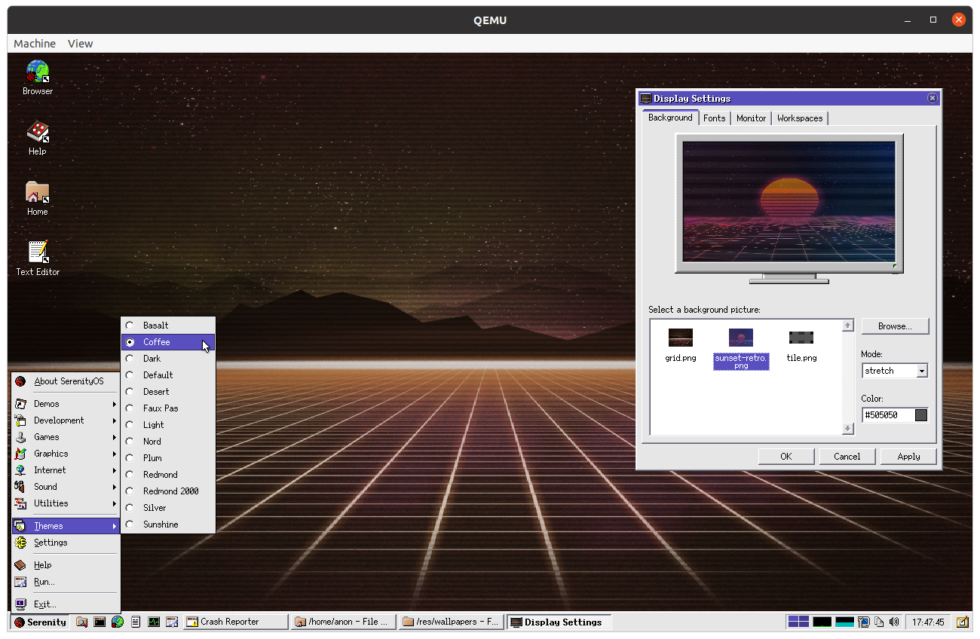-

If this desktop doesn’t look hauntingly familiar to you, you either didn’t live through the 1990s—or perhaps just didn’t live through them right. [credit:
Jim Salter ]
Today, I test-drove an in-development operating system project that seems almost disturbingly tailored to me specifically: SerenityOS. I cannot possibly introduce SerenityOS more accurately than its own website does:
SerenityOS is a love letter to ’90s user interfaces with a custom Unix-like core. It flatters with sincerity by stealing beautiful ideas from various other systems. Roughly speaking, the goal is a marriage between the aesthetic of late-1990s productivity software and the power-user accessibility of late-2000s *nix. This is a system by us, for us, based on the things we like.
Every word of this introduction is almost surgically accurate. To someone in SerenityOS’s target demographic—someone like myself (and likely many Arsians), who grew up with NT4 systems but matured on modern Linux and BSD—SerenityOS hits like a love letter from the ex you never quite forgot.
SerenityOS isn’t Linux—and it’s not BSD, either
What that brief intro doesn’t get across is the scale of the project. You might think that SerenityOS is just a Linux distro with an unusually ambitious vaporwave aesthetic, but it’s actually an entire operating system built from the ground up. That means custom-built kernel, display manager, shell… everything.
